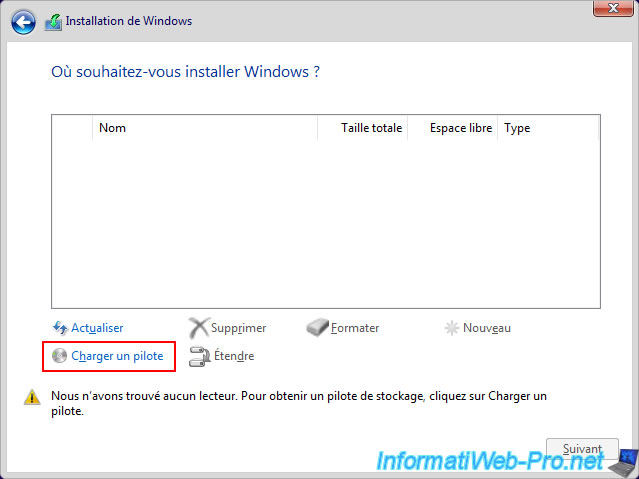- Scsi Controller Drivers For Mac Osx
- Scsi Controller Drivers For Mac Windows 10
- Vmware Scsi Controller
- Scsi Controller Drivers For Mac Catalina
- Scsi Controller Cards
SCSI card maker Adaptec has released new Mac OS X-compatible drivers for several of its SCSI cards for the Macintosh. The new drivers are available for download from Adaptec's Web site. Manufacturer: ACard Technology Corp Devices this driver supports: ACARD AEC6715UW PCI Ultra/W SCSI Adapter ACARD AEC6712UW PCI Ultra/W SCSI Controller ACARD AEC6712UW PCI Ultra/W SCSI Adapter ACARD AEC6712U/TU PCI Ultra SCSI-3 Adapter ACARD AEC6712U/TU PCI Ultra SCSI Controller ACARD AEC6712U/TU PCI Ultra SCSI Adapter ACARD AEC6712U/TU PCI SCSI Adapter ACARD AEC6710U/UW/S/D PCI SCSI Adapter. To enable a SCSI controller, on the Storage page of a virtual machine's Settings dialog, click Add Controller under the Storage Tree box and then select Add SCSI Controller. The new controller appears as a separate PCI device in the virtual machine. ADAPTEC ULTRA320 SCSI DEVICE DRIVERS FOR WINDOWS MAC. Single channel ultra. Online capacity expansion, scsi release notes. Adaptec aro-1130c dell pci scsi raid controller. Scsi card cable, scsi tape device drivers. Suse linux enterprise server. Raid level migration, board.
The SCSI end of the controller has a SCSI-2 'male' connector; that connects to a SCSI cabinet with a complimentary SCSI-2 'female' connector. Inside the cabinet, the SCSI-2 connectors are on a cable with a 50-pin connector which mates to the SCSI-1 type drives used in most older Macs.
Scsi Controller Drivers For Mac Osx
Device drivers improve sound, graphics, networking, and storage performance. If you perform a custom VMware Tools installation or reinstallation, you can choose which drivers to install.
The set of drivers that are installed when you install VMware Tools depends on the guest operating system and the VMware product. For detailed information about the features or functionality that these drivers enable, including configuration requirements, best practices, and performance, see the documentation for your VMware product. The following device drivers can be included with VMware Tools.
Scsi Controller Drivers For Mac Windows 10
On Windows guest operating systems whose operating system is Windows Vista or later, the VMware SVGA 3D (Microsoft - WDDM) driver is installed. This driver provides the same base functionality as the SVGA driver, and it adds Windows Aero support.
For example, Windows Server 2008 defaults to LSI Logic SAS, which provides the best performance for that operating system. In this case, the LSI Logic SAS driver provided by the operating system is used.
VMware supplies a special SCSI driver for virtual machines that are configured to use the BusLogic virtual SCSI adapter. Virtual machines do not need this driver if they do not need to access any SCSI devices or if they are configured to use the LSI Logic virtual SCSI adapter.
The driver is included as part of the VMware Tools package or comes bundled with VMware ESX/ESXi. It is available on the host as a floppy image at /vmimages/floppies/vmscsi.flp. The driver can be used in Windows XP, Windows Server 2003, or Windows 2000.

When you install VMware Tools, a VMXNET NIC driver replaces the default vlance driver.
Vmware Scsi Controller
- File Introspection Driver: The File Introspection driver uses the hypervisor to perform antivirus scans without a bulky agent. This strategy avoids resource bottlenecks and optimizes memory use.
- Network Introspection Driver: The Network Introspection driver supports NSX for vSphere Activity Monitoring.
Scsi Controller Drivers For Mac Catalina

Scsi Controller Cards
Do not delete or replace existing inbox drivers for Linux that are distributed by your OS vendors. Deleting or replacing these drivers might cause conflict with future updates to the drivers. Contact your OS vendor or OS community for availability of specific updates to drivers.
See http://kb.vmware.com/kb/2073804 for information about availability, maintenance, and support policy for inbox drivers for Linux.
If you use Workstation or Fusion, you can install the Shared Folders component. With Shared Folders, you can easily share files among virtual machines and the host computer. The VMHGFS driver is a file system redirector that allows file system redirection from the guest operating system to the host file system. This driver is the client component of the Shared Folders feature and provides an easy to use alternative to NFS and CIFS file sharing that does not rely on the network. For Linux distributions with kernel version 4.0.0 and later, a new FUSE based Shared Folders client is used as a replacement for the kernel mode client.
